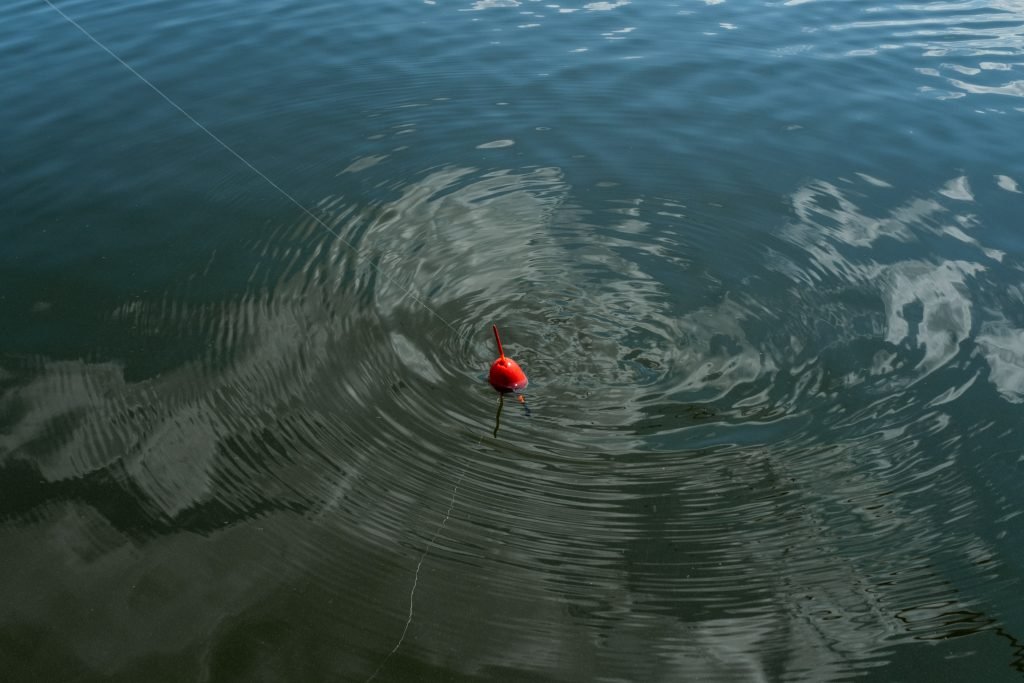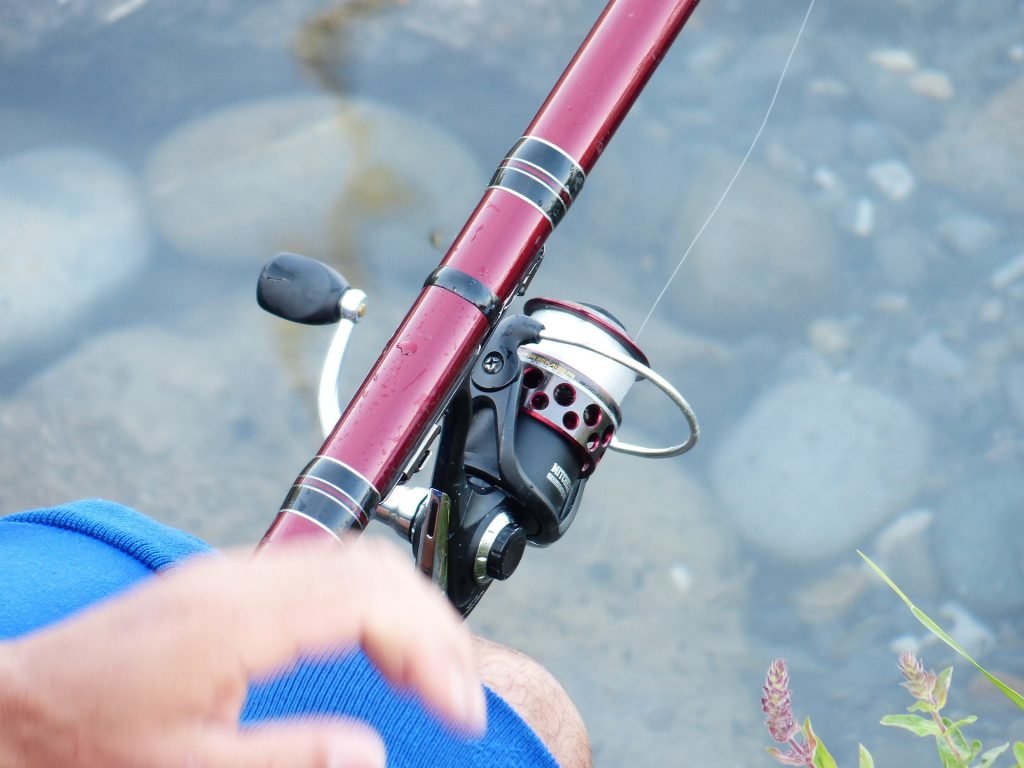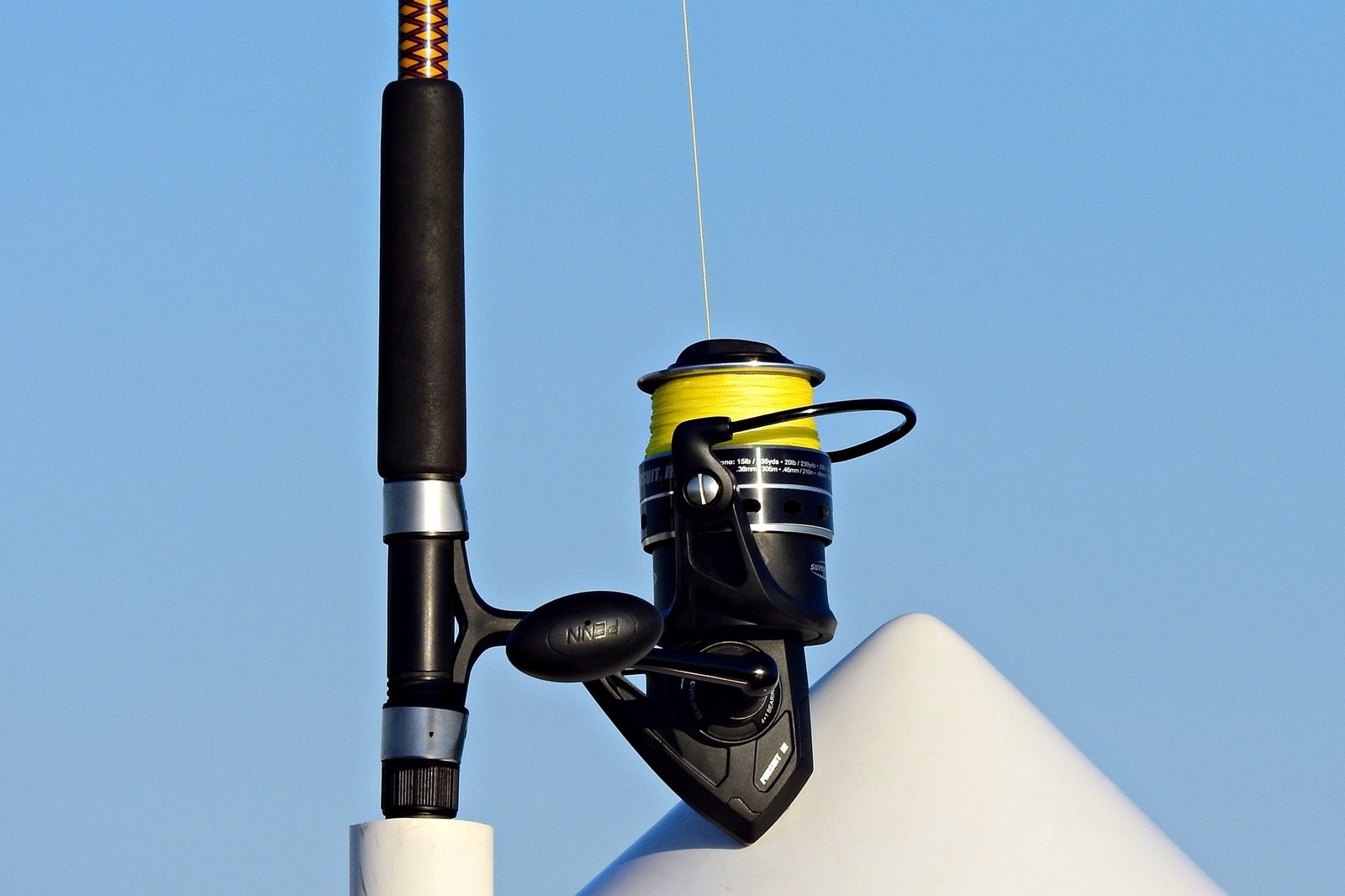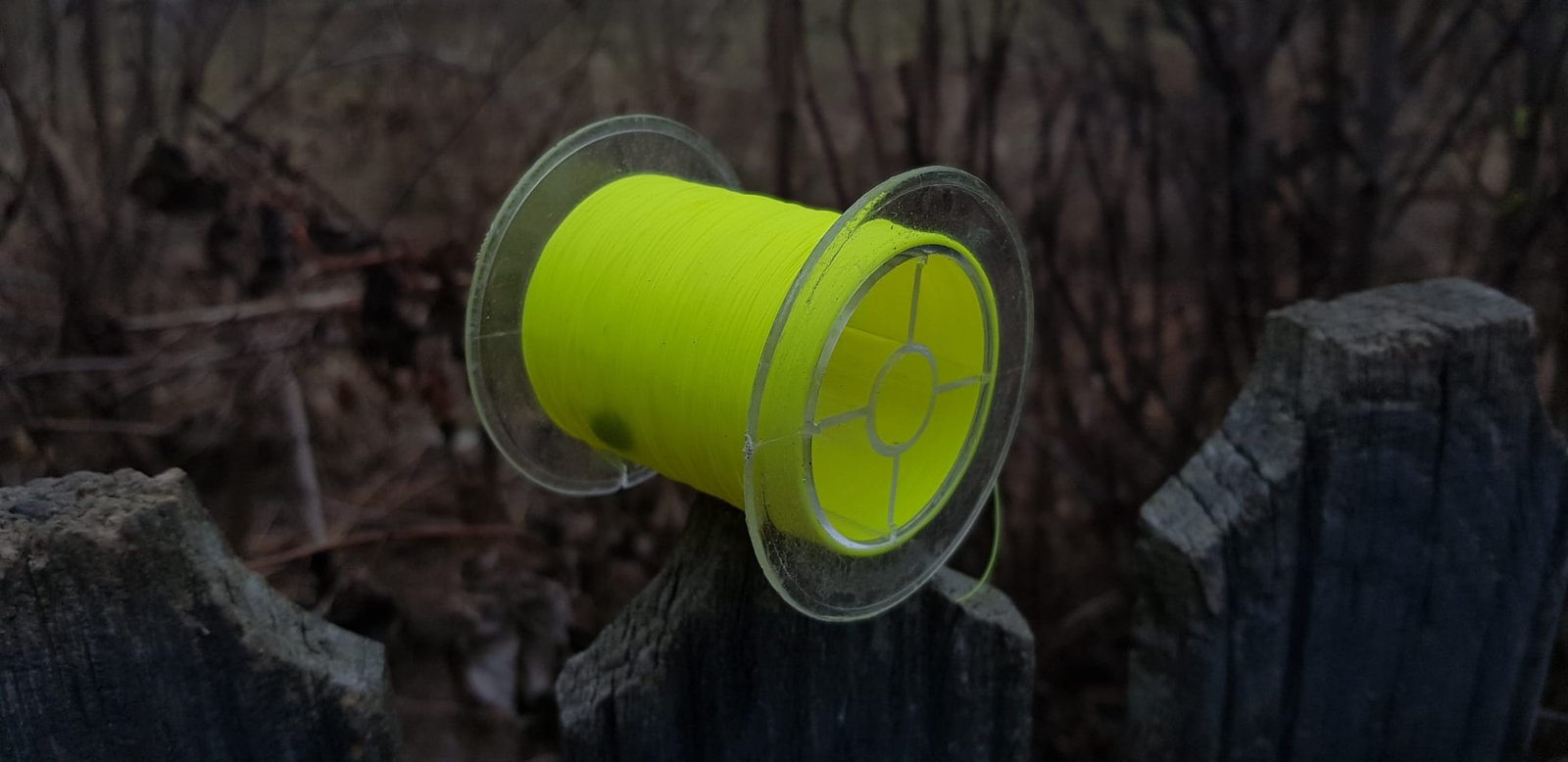
When fishing with a float, using the right fishing line plays a very important role in how your setup behaves.
A mistake that I often see anglers doing is overlooking the type of line and it’s specifications. So keep reading this article to make sure you’re fishing the right way.
When it comes to float fishing, choosing the right fishing line can make all the difference. Whether you’re targeting steelhead in the Great Lakes or salmon in large rivers, the Sufix Elite Premium Monofilament Line and the Sufix 832 Braided line are excellent choices. Understanding the characteristics of different fishing lines can help you select the one that best suits your needs.
))/1110775.json?hei=600&wid=600&$Soc_facebook$)
The right fishing line should have good buoyancy, abrasion resistance, and knot strength. Factors such as the type of fish you’re targeting and the fishing conditions will also play a role. Brands like Drennan, Preston Innovations, and Guru offer reliable options that cater to various float fishing methods.
Float fishing isn’t just about the line; presentation matters too. A well-chosen line complements your technique and increases your chances of a successful catch. By knowing what to look for and exploring the top lines on the market, you’ll be well on your way to improving your float fishing game.
Key Takeaways
- Choose lines like Sufix Elite for great buoyancy and strength.
- Different lines suit different fish and conditions.
- Proper line selection enhances your fishing presentation.
The Basics of Float Fishing
Different fishing lines offer unique benefits for float fishing. Choosing the right type can greatly enhance your experience by improving casting, reducing line twists, and maximizing bite detection.
Monofilament vs Fluorocarbon vs Braided Line
Float fishing lines come in three main types: monofilament, fluorocarbon, and braided.
- Monofilament is popular for float fishing because it floats well and is easy to handle. It stretches under tension, which helps absorb shocks when fighting fish.
- Fluorocarbon has a higher density than water, making it less suitable for float fishing since it tends to sink.
- Braided Line offers excellent strength and almost no stretch, but it can be more visible in the water and harder to manage.
Strength and Abrasion Resistance Matters
The strength and abrasion resistance of your fishing line are crucial.
- Strength of the line is measured in pounds and should match the size of the fish you’re targeting. Using a line that is too weak can result in lost fish and floats, while overly strong lines can affect presentation.
- Abrasion resistance ensures your line can withstand contact with rocks, weeds, and other underwater obstacles without breaking. Lines like braided options and some high-quality monofilaments are known for high abrasion resistance.
Visibility and Color Choices in Fishing Lines
When float fishing, line visibility can affect your success.
- High-visibility lines are easier to see and manage above water. However, they might be more noticeable to fish.
- Low-visibility lines blend better in the water, making them less likely to spook fish. You may find clear, green, or even camouflage lines that reduce visibility underwater.
Choosing the right color depends on the water conditions and the fish you’re targeting. Some anglers prefer high-visibility lines for easier bite detection and then use a low-visibility leader.
Memory, Diameter, and Stretch: Why They’re Crucial
When selecting a line, consider memory, diameter, and stretch.
- Memory refers to a line’s tendency to retain its shape. Lines with high memory can coil and twist, causing casting issues. With enough weight on the line, it won’t be a problem.
- Diameter affects how the line cuts through the water and its visibility. Thinner lines are less noticeable and offer better sinking and sensitivity characteristics.
- Stretch is the line’s ability to lengthen under tension. Monofilament lines have high stretch, making them ideal for absorbing the shock of a fish’s pull. Low-stretch lines like braided options offer better sensitivity but less shock absorption.
Understanding these characteristics helps you match your fishing line to your needs, improving your float fishing effectiveness.
The Best Float Fishing Lines

Best Float Fishing Lines on the Market
Choosing the right fishing line can greatly influence your fishing success. Knowing the best options for specific types of fish, like panfish, trout, or coarse fish, helps you make an informed decision.
For Panfish and Trout
For catching panfish and trout, Raven Mainline and Sunline Fine Float are excellent choices.
Raven Mainline stands out for its smooth casting and superior knot strength. It’s especially useful if you’re fishing in clear water due to its low visibility. This line is easy to handle, which makes it good for beginners and experienced anglers alike.
Sunline Fine Float is another top choice. It offers high sensitivity, letting you feel even the lightest nibble. Its light-weight design ensures the float sits properly on the water. This line is durable, providing long-lasting performance.
For Coarse Fishing
When targeting coarse fish, consider using Preston Float Max and Dave Harrell Pro Match Line.
Preston Float Max offers high abrasion resistance, making it suitable for rougher environments. This line is designed for long-distance casting, allowing you to reach those hard-to-get spots. Its strong build ensures that big catches won’t be a problem.
Dave Harrell Pro Match Line is praised for its consistent performance. This line is great for maintaining a steady float position, which is critical in coarse fishing. It’s also designed to reduce line twist, making your fishing experience smoother.
By choosing lines that match your target fish and fishing conditions, you’ll improve your chances of a successful fishing trip.
Tips for Improving Your Float Fishing Technique
To enhance your float fishing experience, learn to cast effectively, adapt to your surroundings like wind and currents, choose the right bait for different fish species, and refine your overall fishing plan with some final tips.
Mastering the Cast: Techniques for Casting Distance
Casting distance is key when float fishing. Practice casting to get the lure or bait where the fish are.
Use your wrist to flick the rod tip for more precision.
Make sure to use the right type of line—fluorocarbon and monofilament like Drennan or Berkley Trilene Big Game are popular choices.
When fishing on rivers, adjusting the depths properly can place your bait in the strike zone. Try centerpin fishing for smooth, accurate casts.
Contending with Environmental Factors: Wind and Currents
Wind and water currents can impact your fishing. Strong winds can make it difficult to keep the float in place.
When facing windy conditions, use heavier floats or switch to methods like waggler fishing that are less affected by the wind.
For rivers with strong currents, a slip bobber setup can help keep your bait moving naturally, mimicking food moving down the water.
Be aware of your surroundings and adjust your technique to maintain control over your line.
Choosing the Right Bait for Your Target Species
Selecting the correct bait is crucial for catching different fish. Maggots, worms, and beads are great for smaller species like trout.
For larger fish like steelhead and salmon, consider using jigs or more substantial live bait.
Pike are attracted to larger, flashy lures. Always match the size and type of your bait to your target species for better results.
Experiment with different baits to see what works best in various situations.
Final Thoughts on Refining Your Float Fishing Plan
Experienced anglers know the value of planning. Researching the best spots, times to fish, and local regulations can make a big difference.
Use guides, whether online or local experts, to get up-to-date information. Choose high-quality gear suited for your targeted fish—reputable brands like Stren High Impact Mono offer durability and value.
Review and adjust your techniques based on what works best for you, keeping both new and traditional methods in mind.
A well-thought-out approach will help you get the most out of each fishing trip.ct sensitivity. Look for a line that has been specifically designed to minimize memory.
Frequently Asked Questions
What is the best fishing line for float fishing steelhead?
The best fishing line for float fishing steelhead depends on the fishing conditions and personal preference. Monofilament lines are popular for their stretch and shock-absorbing properties, while braided lines offer more sensitivity and strength. You should select a line with a pound test appropriate for the size of the fish you are targeting.
What type of line is best for float fishing?
Float fishing requires a line that is buoyant and visible on the water surface. Monofilament and fluorocarbon lines are popular choices for their buoyancy, while braided lines offer better sensitivity and strength. The best line for float fishing depends on the fishing conditions and personal preference.
Is mono or braid better for float fishing?
Both monofilament and braided lines have their advantages and disadvantages for float fishing. Monofilament lines are buoyant and stretchy, which can help absorb shock and prevent the line from breaking. Braided lines are more sensitive and have higher strength, which can help detect bites and reel in larger fish. Ultimately, the choice between mono and braid comes down to personal preference and fishing conditions.
What is the best fishing line that sinks?
The best fishing line that sinks is fluorocarbon. Fluorocarbon lines are denser than water, which allows them to sink quickly and stay submerged. They are also less visible underwater, making them ideal for fishing in clear water.
What is the ideal length for a float fishing leader?
The ideal length for a float fishing leader depends on the fishing conditions and personal preference. In general, leaders should be long enough to keep the bait at the desired depth and to prevent spooking fish. A leader length between 3-6 feet is commonly used for float fishing.
What are the recommended centerpin line setups for float fishing?
The recommended centerpin line setups for float fishing include using a main line with a backing, a float, a leader, and a hook. The main line should be a high-quality monofilament or braided line with a pound test appropriate for the size of the fish you are targeting. The backing helps prevent the main line from slipping on the reel. The float should be selected based on the fishing conditions and the weight of the bait. The leader should be long enough to keep the bait at the desired depth and to prevent spooking fish. The hook should be selected based on the size of the bait and the fish you are targeting.




